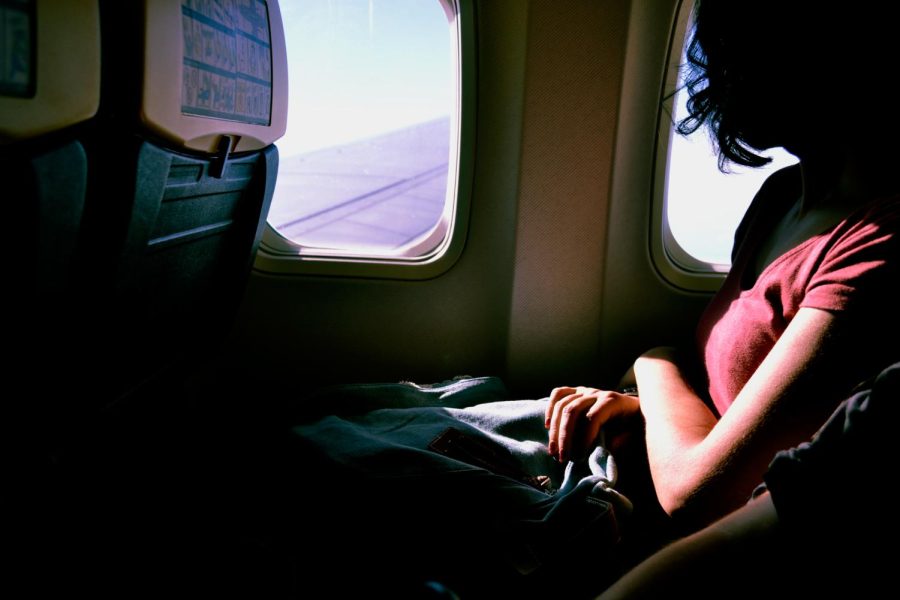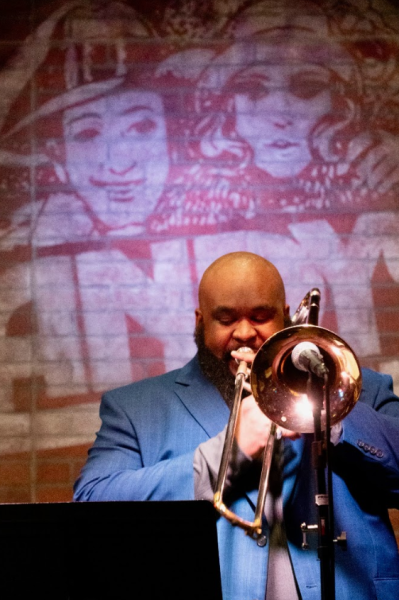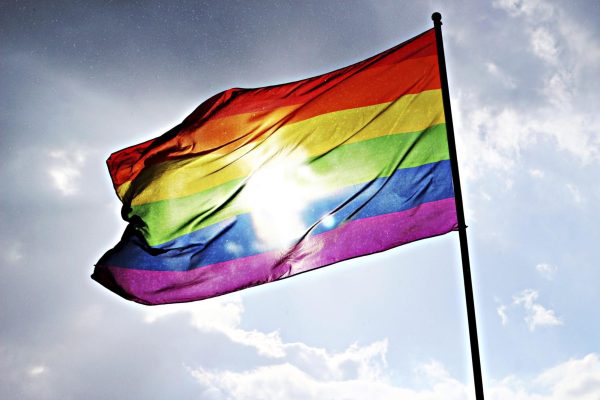Going it alone: Why can’t the tourism industry empower women who want to travel independently?
Traveling on your own can be a very rewarding experience, but women looking to go it alone have to consider a myriad of safety concerns that aren’t even on most men’s radar. Though these concerns are often legitimate ones, the travel & tourism industries at large don’t seem to be making any strides in encouraging women to pursue solo travel. (Photo courtesy of Creative Commons)
I love to travel on my own. While the idea of being somewhere new without anyone else may initially seem daunting, it is an experience that quickly becomes an opportunity for limitless growth and freedom. Solo traveling has risen in popularity, but unsurprisingly for women, the rise has not been accompanied by equivalent support.
The number one response that I get when I tell people that I am traveling solo is: “But that is dangerous. Aren’t you scared?”
It is a valid question. I understand that as a young, petite woman, I am more vulnerable than a tall and buff white male when I am exploring alone. But the question is rooted in the belief that women are not as capable as men and, therefore, should not be venturing outside what is societally accepted.
Female travelers should be equally supported and encouraged as male counterparts to embark on solo trips; however, this is not the case, which is clearly communicated via the disparities within the travel industry, inequitable access to the world, and opposition to solo female travelers.
Instead of instilling fear in women who desire independence when traveling, we should focus on reshaping the tourism industry to help women be more safe, educated and represented as they embark on solo travel adventures to which they are 100% entitled.
The leading obstacle for solo female travelers is a concern for personal safety, according to a 2022 worldwide survey conducted by Solo Female Travelers, while the least common obstacle is the lack of interest in solo travel. This indicates that women want to solo travel, but are not confident enough to do so.
Safety concerns are undoubtedly legitimate. But if there was greater representation within travel narratives and stories that portray solo travelers who are female, rather than the current scene which is dominated by solo male travelers, women would feel more empowered to confront these concerns as precautions, not barriers.
Despite there being more willing solo female travelers than males, according to numerous studies comparing women’s search results to men’s, travel communication campaigns tend to depict women in relation to others, such as traveling with friends, a partner or children. On the other hand, it is much more normalized to see a man adventuring solo.
People such as Rick Steves, a famous travel writer and television personality, or Matt Kepnes, who runs one of the most popular travel blogs called Nomadic Matt, are some of the names that people associate with “solo travel”. Contrastingly, female travelers garner less recognition amongst the general public. Respondents on a 2011 questionnaire conducted by H.P. University affirms that most people agree that women are mostly shown as travel companions rather than “independent tourists.”
If a woman does not see herself represented in a particular role, how can she believe that it is achievable for herself?
Social media has provided a platform for historically marginalized voices, which has created a women-dominated influencer scene. Even so, they still earn less money per post than male influencers. Women make up 77% of all influencers (with influencer being defined as anyone who publishes monetized content) within all social media genres, including travel – yet, according to a 2019 report by Klear, they make approximately 23% less than male influencers.
What is even more troubling is that women typically constitute the lowest paid and lowest status jobs in the tourism industry, according to the World Tourism Organization, in spite of making up the majority of the tourism workforce in most regions of the world.
Such research highlights that even when women dominate an industry, women are still not as respected as men. This is problematic because when women’s voices are not being heard by the world, the world will not change.
Besides facing barriers as travel industry workers, even more women face barriers as solo travelers.
When looking up “solo travel safety tips,” it is unsurprising that most of the articles are for women. Unlike solo male travelers, women must constantly take additional measures to protect themselves when traveling.
Some of the articles’ tips included: never walking alone at night, dressing appropriately for the culture, sitting in the backseat of a driver’s car, and always letting someone know where you are.
I follow all of these guidelines when I travel alone, in addition to constantly checking behind me, carrying a personal safety alarm and countless other micro-habits that male travelers typically never worry about.
Another example of something I must consider is whether I should stay in a female-only dorm or mixed dorm in a hostel. I know many female travelers who prefer to sleep in a room with just women; however, in my hostel booking experience, I have found that female-only dorms usually cost more than mixed dorms.
Why does the travel industry try to profit off of women’s insecurities?
Contrastingly, when I researched “men’s solo travel safety tips”, the articles’ advice included: don’t be cocky, wear condoms, don’t fight back, and be cautious when trying street food. Although there were some similarities between the female and male article tips, it was apparent that men are not worrying about their safety as much as women.
For solo female travelers, it is not just about how you act, but where you go. Destinations, such as India, where women’s rights are severely lacking, are simply not as accessible for women as it is for men. Female travelers who wish to experience the beauty of such places cannot just book a plane ticket and relax; unlike male solo travelers, women must often implement a higher degree of research and caution in certain countries, if they are willing to travel to them at all.
It is clear that far more odds are stacked against solo female travelers than males. That is why it is necessary that we recognize such issues to uproot them whilst equipping women with strategies to overcome them. Because although it may be more difficult, women should feel free to travel alone if they desire. It is a liberating experience that allows travelers to learn more about themselves and engage more authentically with their environment.
So for this Women’s History Month and every month in the future, we must stop inhibiting women’s independence by telling them that they should not travel alone. We must instead work on shifting the attitudes, representation, and sexism that exists within the travel world to empower women who wish to travel solo and equip them with the right tools to make their dreams a reality. And finally, we must celebrate the women who are rising above societal stigmas and oppression and solo traveling the world. It is a feat that is not only brave — but defiant in every definition.







